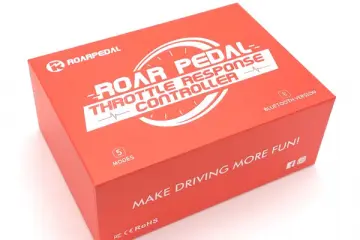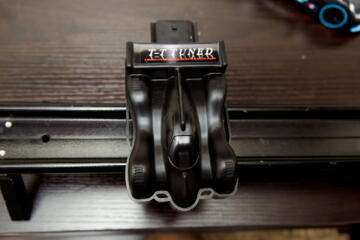I automated my home Pt. 1
Home Automation, what is it? who wants it? where can I get it? what can it do for me? These are all valid questions and I hope that once you read this article you will have a better understanding of what this great advancement in technology has to offer.Well to sum it up home automation is basically the ability to control your home or specifically the devices within your home. The possibilities are endless. Imagine pulling up to your driveway and having your garage door open as you pull up, you’re front door unlock and your thermostat adjusting your temperature based on the weather.Sounds far fetched, not so much, well not anymore. There are a number of products on the market that claim to be the latest and greatest, with manufacturers trying their best to get your attention and hopefully your money. I will provide some brief examples of what I came across during my search for the ultimate budget home automation solution and the potential upsides and downsides of what each product has to offer.I am a techie at heart and I love to try to figure things out on my own and if I cannot find a ready made solution, I can usually figure out a way around it, that being said most of the products I will talk about I probably would not use myself but i will list them here to make everyone aware of what the market has to offer. Home Automation StandardsIn order to have true home automation you need two things, the first is a communication network for the devices to talk to each other and the second is the ability for two way communication between the devices. Think about it like this, if you flip the switch on a light bulb that was in close proximity you will see the light go on and off but what if the bulb is in another state or even another country, how would you know whether it was on or off? that’s a bit of a stretch but the premise is the same.Once a device has been activated or deactivated it needs to be able to communicate with the controller (switch) to let it know that an on or off event has occurred. Say for instance you were on a well deserved vacation and someone flipped that same switch inside your house, that would be a situation where you would definitely need to know if a device has been activated in your home. With devices that are able to communicate bidirectionally, knowing whether that switch for example is on or off is a trivial matter.Believe it or not Home automation devices have been around since the mid 70’s beginning with a standard that was developed by a group of forward thinking engineers who decided that instead of building a communication network for their devices entirely from scratch, they would just use the electrical wiring in your home, the “power line network”. This was the X10 standard and it is still one of the popular albeit outdated methods used to automate ones home.There are also more modern standards that utilize wireless technologies to power their networks some even allow for a mix between older standards and newer standards. The typical names you may hear in the arena are Insteon, Zigbee, Zwave in addition to the aforementioned X10. There are a number of resources on the web that provide good comparisons of the upsides and downsides to each technology so I wont be going too in depth on that. My NeedsThe reason I chose to “automate” my home was to try to save energy. I realized that we as a household would constantly leave lights on and it was very obvious by our skyrocketing energy costs that something needed to be done. I did some research on the best and most affordable options available to me and finally came to the decision that I would base my home automation design around the Z-wave standard.I decided to use Z-wave because it provided me with access to established technology with good documentation on the web, it also provided me with the ability to easily add devices to my network. Since the Z-wave nodes are wireless they can be plugged into a regular outlet or light-bulb socket without needing any complicated wiring or the risk that comes with working with electricity. If you do want that seamless look though there are modules that can be wired in for custom applications.Stay Tuned! In my next post about HA I will describe what I’ve done so far with my system.
Discover more from Akiatech Solutions Blog
Subscribe to get the latest posts sent to your email.









